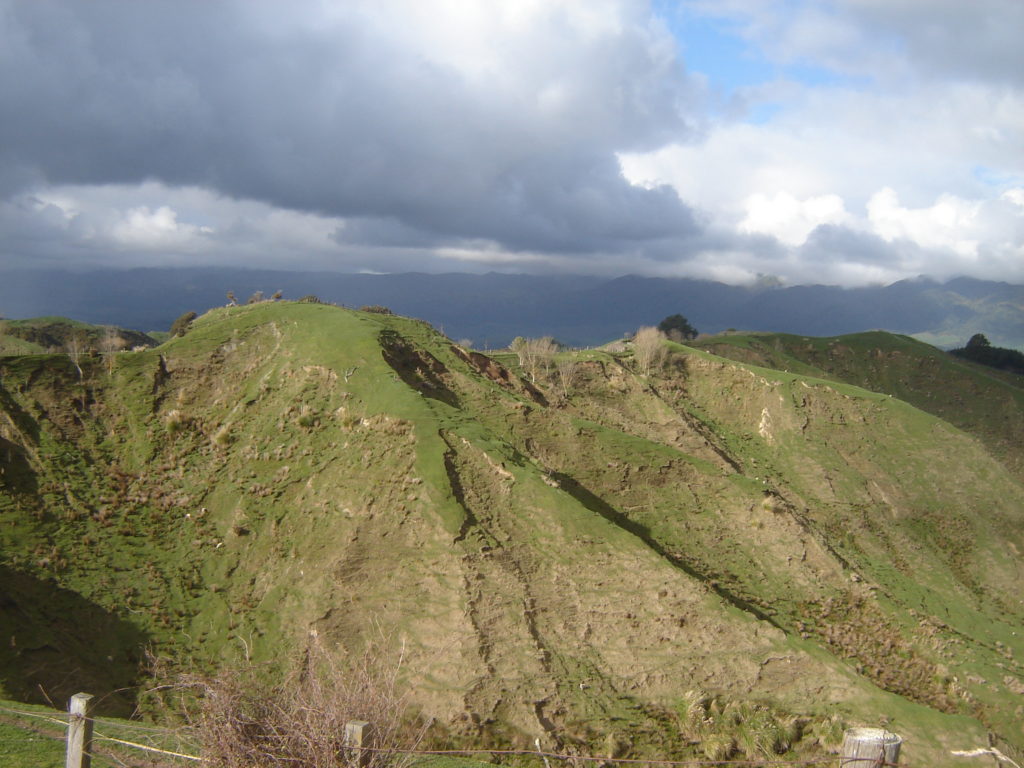
Late in 2017, I received an inquiry from Oxford University Press. Professor Ann-Margaret Esnard at the Urban Studies Institute at Georgia State University had recommended me for an assignment they had in mind to add an article to their growing specialty encyclopedia on natural hazards, the Oxford Research Encyclopedia of Natural Hazard Science. They needed someone to write a peer-reviewed article about “Planning Systems for Natural Hazard Risk Reduction,” using roughly 10,000 words plus appropriate graphics and illustrations. We discussed why they saw me as an appropriate candidate for the job, and I accepted the assignment.
Over the following few months early last year, I spent many hours over several weeks fashioning the article. Although I started out with a clear vision of my subject matter, I also explored and sought more international material than I had ever previously examined. By the spring of 2018, I submitted my draft. Over subsequent months, it underwent editing, peer review, revision, and proofreading, and then final preparation for online publication. Today, I received the announcement. It is online and available to the public.
So, the question for most readers, even those already immersed in the subject matter of natural hazards, is, “What do you mean by planning systems”? Oxford did not venture a specific definition of what they had in mind; they left that to me. I decided that the answer was “essentially a layer of guidance or legal requirements that sit atop plans of any type at any governmental level at or below the source of that guidance.” In other words, the system describes what a plan should look like, or what is expected of a plan that complies with the framework that is established. A planning system is a statutory or programmatic framework for a specific type of plan, in this case, one that aims to reduce losses from natural hazard events.
This had long been important to me. As far back as 2002, while I was at the American Planning Association (APA), I had arranged a contract between APA and the Institute for Business and Home Safety (IBHS) under which APA researched and described state laws that related to planning for natural hazards, updated annually until 2010, when IBHS decided to discontinue the contract. An elaborate matrix detailed which states prescribed planning to address hazards and what they required, suggested, or allowed, supplemented by explanations of specific items in a key code and by color-coded maps. In 2007, I convinced the Federal Emergency Management Agency (FEMA) to underwrite an APA project that examined how communities could better integrate hazard mitigation priorities into local planning processes. The result was a 2010 Planning Advisory Service Report, Hazard Mitigation: Integrating Best Practices into Planning. That has led to elaboration of FEMA guidance on this point, as well as playing a role in more recent guidance to communities from the State of Colorado on resilience, spurred by the September 2013 “mountain monsoon” flooding that afflicted the state. The point is that I have been pursuing this subject for nearly 20 years. I understood why Oxford had approached me for this task.
The encyclopedia article allowed me to expand the subject in new ways, and for those readers curious to explore the topic, I hope it proves useful. Just follow the links in the first paragraph of this post to my article or the encyclopedia more generally, which provides a wealth of knowledge on the larger subject of natural hazards. I hope it provides planners and others in the professional community engaged with natural hazard issues an analytical framework for thinking about how we can tackle these issues.
But that is not all. The concept behind the APA/IBHS work has been revived. Immediately after leaving APA, under a short-term consulting contract, I helped APA prepare a new grant proposal for FEMA’s Cooperating Technical Partners program to revive the state statutory summary in an updated and expanded framework. Although that is not yet complete, PDF summaries of the state-level planning framework for all 50 states are available. Click here for the landing page with an introduction to the overall project. Then stay tuned for the findings and overall summary of the project, which are yet to come.
Jim Schwab
